Advanced Analysis of Total Organic Carbon Analyzers: Kalstein YR04950 vs Shimadzu TOC-L Series
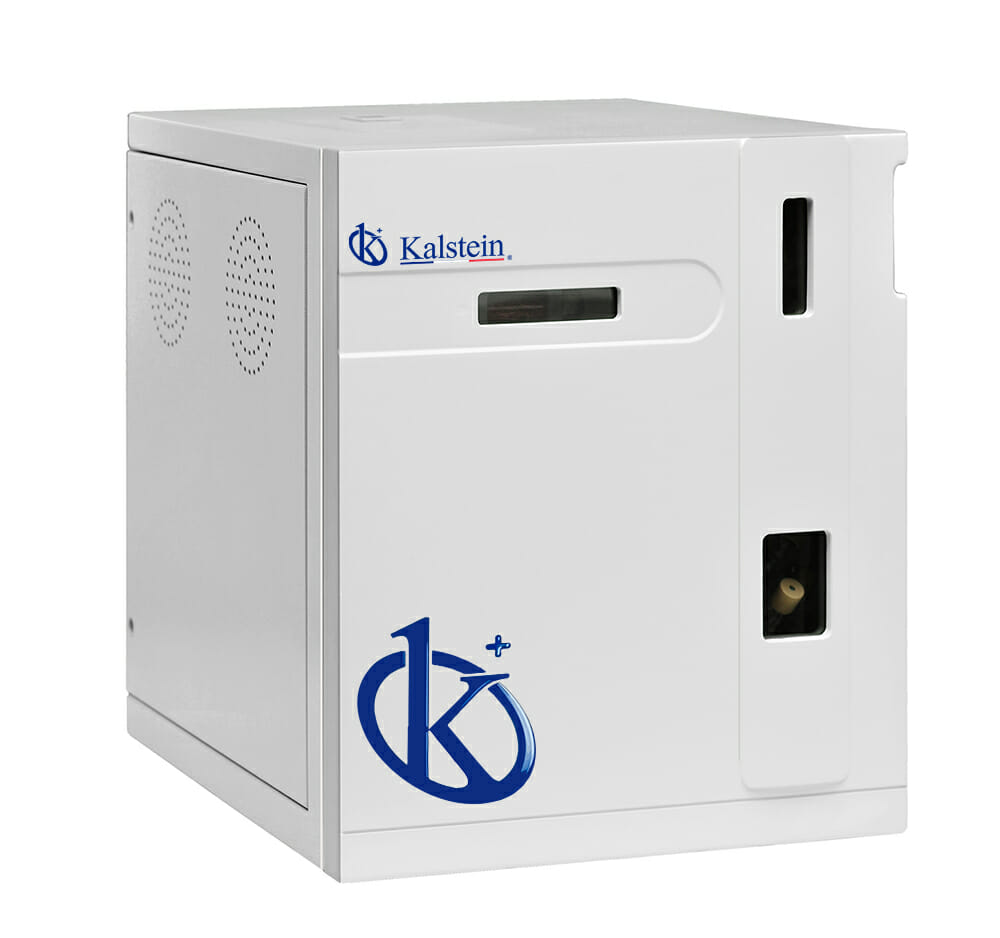
In the realm of laboratory equipment, Total Organic Carbon (TOC) Analyzers play a vital role in assessing the purity of water by measuring the amount of organic carbon present. Today, we delve into a comparative analysis between two stellar products in this category: the Kalstein Total Organic Carbon Analyzer YR04950 and the Shimadzu TOC-L Series. […]
Comparative Analysis: Kalstein’s 70KG Tumble Dryer GAS YR06323 vs. Unimac Primer UTT80NBS

In the realm of professional tumble dryers, the 70KG Tumble Dryer (Full stainless steel) GAS YR06323 by Kalstein and the Unimac Primer UTT80NBS stand out due to their superior quality and impressive functionality. These products cater to businesses that require reliable and efficient drying solutions, highlighting robust designs and advanced features that facilitate optimal performance. […]
Revolutionizing Veterinary Care: Exploring Kalstein’s Veterinary Autoclave
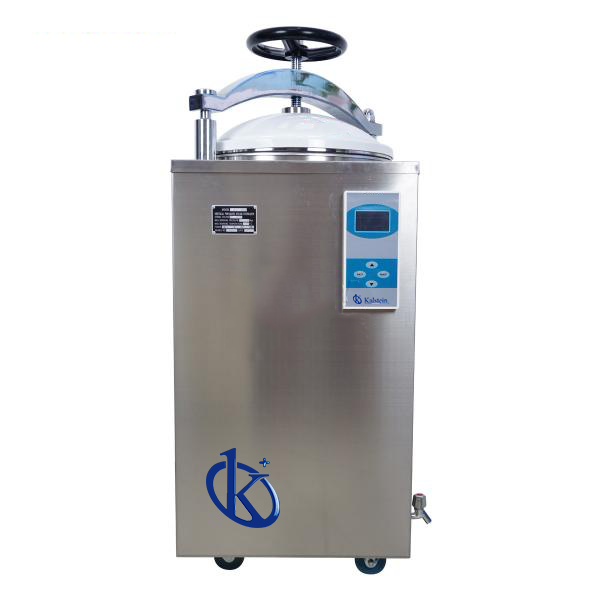
Veterinary Autoclave, Brand Kalstein In the world of veterinary medicine, sterility is paramount. The ability to ensure that instruments and materials are free from harmful microorganisms is crucial to maintaining high standards of animal care. This is where the Kalstein Veterinary Autoclave comes into play. As someone who has used these machines extensively, I can […]
Innovating Patient Care with Kalstein’s Advanced Infusion Pumps
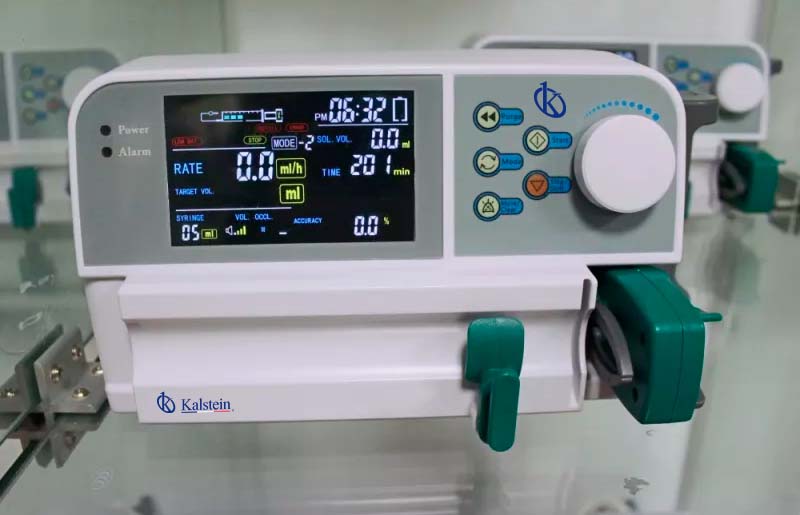
Infusion Pump, Brand Kalstein As someone deeply familiar with the medical equipment industry, I understand the importance of reliable and precise devices in healthcare settings. Among the essential tools in modern medicine are infusion pumps, which are crucial in delivering fluids and medications to patients. One prominent name in this sector is Kalstein, a brand […]
Enhance Your Workspace: Discover the Innovative Workbench Accessories by Kalstein
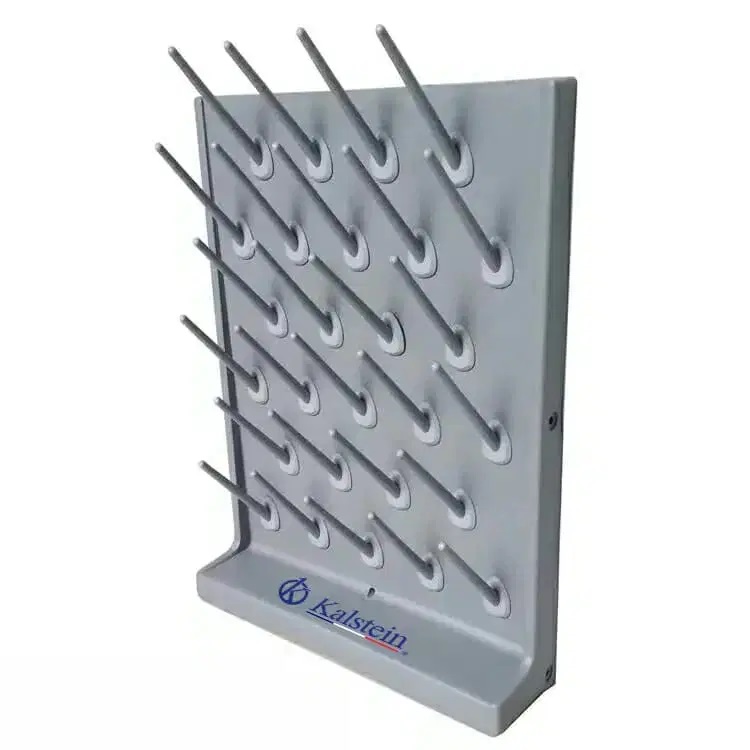
Workbench Accessories by Kalstein When it comes to optimizing your workspace, workbench accessories play a pivotal role in enhancing efficiency and organization. Kalstein has established itself as a trusted brand in providing top-notch workbench accessories that cater to various professional needs. Their products are meticulously designed to elevate the functionality and utility of your workspace, […]
Analytical Balance Showdown: Kalstein YR05774 // YR05778 vs. Mettler Toledo MS104TS/00
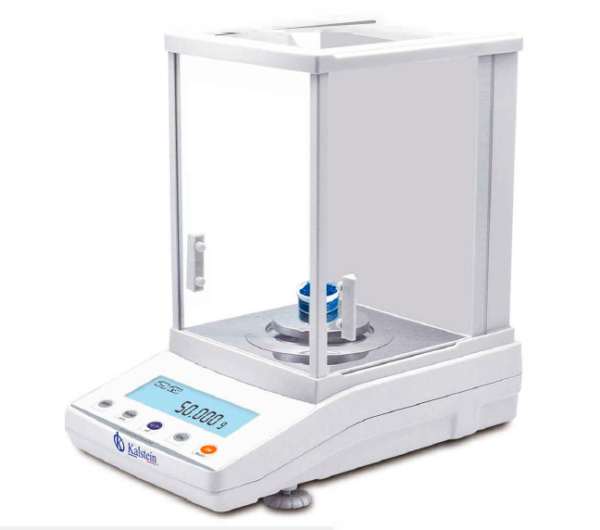
In the scientific community, precision is key. That’s why selecting the right analytical balance is crucial for any laboratory. Today, we will delve into a comparative analysis of two notable products: the Analytical Balance YR05774 // YR05778 by Kalstein and the Analytical Balance MS104TS/00 by Mettler Toledo. Each offers a unique set of features tailored […]
Comparative Analysis: Series Medical Ultrasonic Cleaner YR05202 // YR05206 by Kalstein vs. Branson Ultrasonic Cleaner B200

The choice between medical ultrasonic cleaners can impact the effectiveness and efficiency of your cleaning processes in a laboratory or medical environment. In this article, we’ll explore two popular options on the market: the Series Medical Ultrasonic Cleaner YR05202 // YR05206 by Kalstein and the Branson Ultrasonic Cleaner B200. Both products offer unique features and […]
Kalstein YR02193 vs Natus RW-82: Comparing Innovative Infant Radiant Warmers
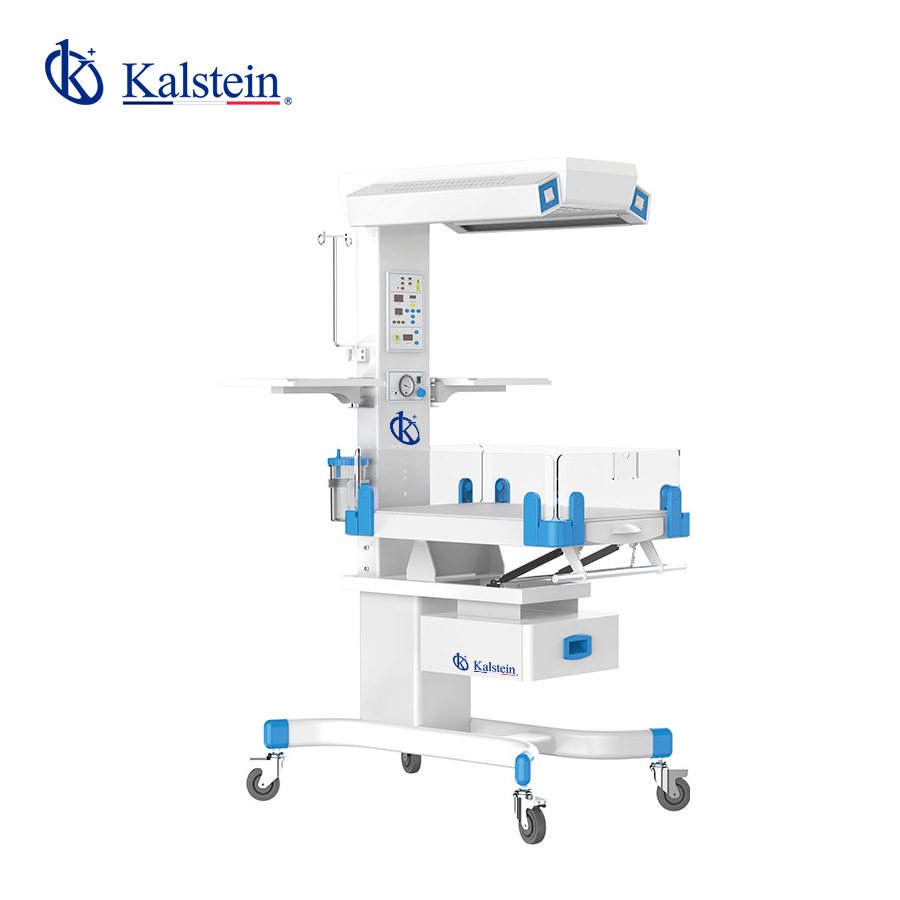
Infant radiant warmers are essential in neonatal care, providing the necessary thermal environment for newborns who are unable to regulate their body temperature. The Infant Radiant Warmer YR02193 by Kalstein and the Infant Radiant Warmer Model RW-82 by Natus are top contenders in the market. Both products bring unique features designed for safety and efficiency, […]
Discover the Power of Veterinary Analyzers for Clinical Excellence
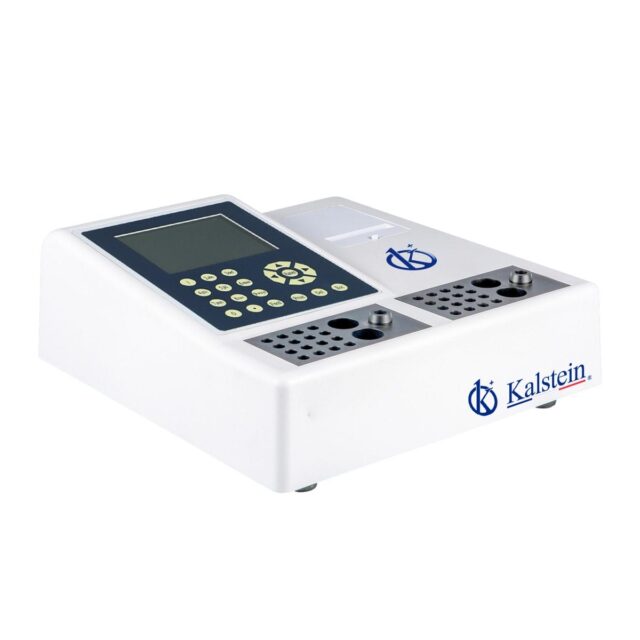
Veterinary Analyzer by Kalstein Veterinary Analyzers by Kalstein are groundbreaking devices tailored to meet the demands of modern veterinary medicine. Designed with precision and efficiency in mind, these analyzers provide veterinarians with the tools needed to deliver accurate and timely diagnostic results. As someone who has worked extensively with these machines, I can vouch for […]
The Ultimate Guide to Operation Ceiling Pendants: Elevate Your Surgical Experience
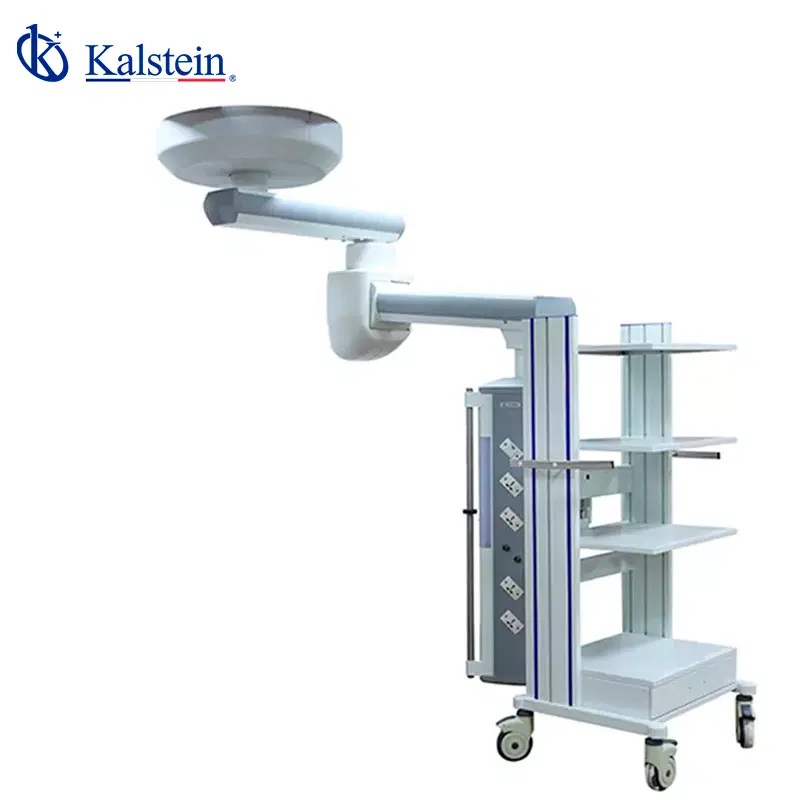
Operation Ceiling Pendant, Kalstein Brand The world of modern operating rooms is rapidly evolving, and one of the key components driving this evolution is the Operation Ceiling Pendant by Kalstein. As someone who is intricately familiar with medical devices, I can confidently say that Kalstein has established itself as a leader in this niche. Their […]
